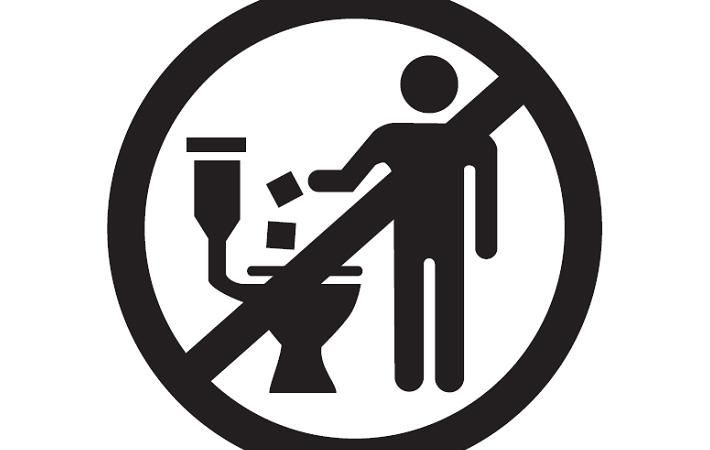Edana and INDA have announced the publication of an update to their strict guidelines for labelling of non-flushable wipes and for assessing the flushability of disposable nonwoven wipes. INDA, the Association of the Nonwoven Fabrics Industry, and Edana, are the leading global trade associations representing consumer wipes manufacturers and supply chains.
Wastewater operators across Europe and America are facing challenges associated with clogs due to various causes, such as aging infrastructure, “fatbergs” (coagulations of fats, oils, and grease) and the improper flushing habits of many consumers. Numerous findings, most recently the 2017 Water UK Study, show consumers are flushing too many products not designed to be flushed.Edana and INDA have announced the publication of an update to their strict guidelines for labelling of non-flushable wipes and for assessing the flushability of disposable nonwoven wipes. INDA, the Association of the Nonwoven Fabrics Industry, and Edana, are the leading global trade associations representing consumer wipes manufacturers and supply chains.#
To help consumers and communities reduce the burden to their wastewater infrastructure, INDA and Edana have introduced an updated labelling code of practice: communicating appropriate disposal pathways for nonwoven wipes to protect wastewater systems, second edition, 2017 (code of practice for labelling). This new edition requires that non-flushable wipes display the “Do Not Flush” symbol on wipe packaging such that it is viewable on shelf at the point of purchase and visible each time a wipe is removed from its dispenser package. Pilot programmes conducted by wastewater organisations in cooperation with INDA have demonstrated that focused consumer awareness campaigns can reduce the improper flushing of baby wipes by 50 per cent.
Flushable wipes are designed to be compatible with household pipes and with municipal and home wastewater collection and treatment systems. Flushable wipes are designed to stay strong in use, have a mechanism to weaken after flushing, and degrade biologically in wastewater treatment systems. However, baby wipes, cleaning wipes and other non-flushable wet wipes maintain their strength after being flushed and can be a leading cause of clogs.
The new edition four of the guidelines for assessing the flushability of disposable nonwoven products serves as a resource for manufacturers and brand owners to ensure their flushable wipes are compatible with existing wastewater infrastructure. Edition four updates certain test methods and criteria for passing. These tests are grounded in significant research and testing carried out by INDA members and technical experts with extensive input from wastewater professionals.
The guidelines include seven flushability assessment tests related to performance in pipes, pumps, and both household septic systems and municipal wastewater treatment systems. Products may only be labelled “flushable” if they meet the demands of all seven tests. (GK)
Fibre2Fashion News Desk – India


